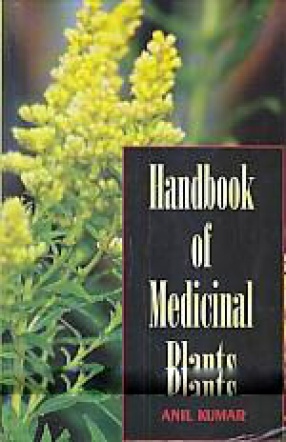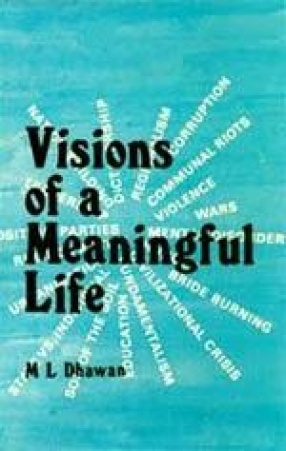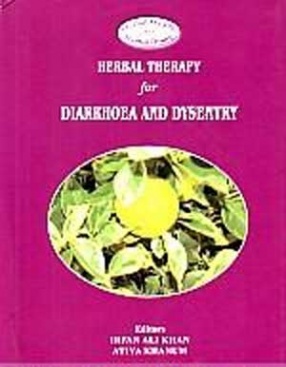During the last couple of decades, several critiques have been directed at the prevailing logic and practices of the Indian nation-state. Through the late 1970s and 80s, the women’s movement raised important questions not just about the structural exclusion and under-valuation of women’s contributions to national life but also about the cultural dimensions of patriarchy. Questions of secularism and religious identity that had been brewing from the early 80s came to a head with the demolition of the Babri Masjid, raising in its wake not only the issue of the brahminical norming of national culture but also the convert politics of syncretism and slogans such as "unity in diversity. "In the early 90s, the Dalit movement pushed the bristly issue of contemporary casteism on to public for across the country.From within and outside the academy, several new projects grounded in the theoretical and activist critique of the aesthetic domain have sought to refigure the cultural history of India. There is today an analytic focus on the figures or personnel of history-not just the actor "within"(so to speak) history, but the experts and institutions who organize and authorize the narratives, the exclusions, and the blind-spots of the discipline. Re-figuring is thus not an originary gesture, not are-founding or a return to true origins, but a call for transforming the contemporary moment and forging the conceptual and political instruments adequate to this task. This is a crucial but difficult task because already what emerged as a critique is being institutionally absorbed in modes that belie the radical nature of the questions raised about colonialism, modernity, history, the arts, and culture more broadly.This book brings together incisive essays on diverse aspects of contemporary Indian history by scholars and activists well known for their contribution to cultural studies in India. Introduction Just a short distance away from my workplace, close to the centre of the CIEFL campus, veiled by the institute’s health-centre, its works section, and a tousled burst of bougainvillea, lies a baudi-an old rectangular step-well paved with sandstone. Until the mid-1990s, the baudi was a derelict spot in the campus: it supplied untreated water to the institute gardens, and was occasionally visited by someone from the municipality spraying DDT or by thrill-seeking students drawn by a hostel-legend that the well was haunted. Then, one morning early in 1997, this baudi was "discovered." Strolling around the campus, the vice-chancellor who had recently assumed office at the CIEFL came across the neglected ruin and was delighted to find, at the centre of his new campus, a historical site. The institute’s gardeners and plumbers were instructed to clear the debris that had accumulated. Engineers were called in to assess the damage to the structure, which was now reported to be over two hundred years old. Architects were commissioned to study the lay-out and designs of several other baudis built across the centuries in different parts of India-in Benares, in Dwarka, in Agra-and to submit plans for reconstructing the well into a contemporary art centre without destroying its original architecture. Funders, Indian and foreign. Where approached to aid the momentous task of restoration and renovation. Fairly quickly, the step-well was modified to included a stage and tiered galleries around the water. The whole process received much attention in the press and it soon became a sought-after venus for the city’s art-buffs to enjoy performances by renowned classical musicians, singers, dancers. In 2000, these efforts won the institute the HUDA-INTACH award for the preservation of cultural heritage. The excitement generated at the time also threw up some other facts about the baudi. Property records at the city office of the Archaeological Survey of India indicated that the baudi had earlier belonged to Mahlaqa Bai ‘Chanda’ (1767-1824), one of the earliest and most accomplished poet-courtesans (tawaif) of Hyderabad. Born in Aurangabad and trained in the arts from early childhood, Mahlaqa had moved to Hyderabad at the age of nine when Nizam Ali Khan shifted the capital of his Asaf Jahi kingdom to this city. It was here that she had attained fame and wealth. Her biographer Sameena Shaukat writes that among her many friends and admirers were powerful noblemen and members of the royal family. A singer and dancer of high caliber, she composed in Dakkhani Urdu several popular songs and ghazals that were posthumously anthologised as Gulzar-e-Mahlaqa. when she died at the age of fifty-seven, her considerable wealth was distributed among homeless women. Local legends keep alive her memory as a dynamic and kind-hearted woman: she is said to have been skilled in sword-fighting and horse-riding; the step-well described above was located in the garden-estate (bagh) she had received as a royal gift. The area now houses the extensive grounds of Osmania University as well as the National Institute of Nutrition, the Centre for Chemical Technology and the Centre for Cellular and Molecular Biology in addition to the CIEFL. Mahlaqa maintained the bagh as a sarai where pilgrims rested on their way to the Sufi mystic Maula Ali. Mahlaqa, a follower and friend of Maula Ali, was buried next to him in his hill-top Dargah-the tomb is a few kilometers east of the CIEFL campus, and is still visited by pilgrims and tourists. One of Mahlaqa Bai’s compositions was included in Women Writing in India, which is perhaps the only recent anthology to acknowledge her in a literary history. The headnote described her as "a patron of the arts who gave large sums of money away and endowed several shrines, some of which still stand" (P. 121) Little did the editors suspect when they wrote so in the late 1980s that one of them had spent most of her working life in what was once Mahlaqa’s garden while the other has studied and led a women’s movement in it! This is all the more ironic since much is made of the fact that the other central university in Hyderabad was first set up the nationalist poet Sarojini Naidu’s house, which is a designated national monument and continues to house the art and media school of the university. In no other major literary or cultural historical accounts-ranging from the "Official" histories of Indian literature published by the Sahitya Akademi to the canonical histories of Urdu literature like Azad’s Ab-al-Hayat (2001)-does Mahlaqa even find mention. But there are several issues left unexplored in this "inclusion" of Mahlaqa in figure as women, as artist, as woman-artist? Why have we not met her or others like her in the annals of our cultural histories, pre or post-independence? What are the implications of that erasure? Can a Muslim be an Indian? What is it about this figure and her baudi that causes women’s history, cultural history, national sexuality, to stutter in silence? More pressing are the questions that attend contemporary efforts to remember her in our theory, our art practice, or pedagogy. How do we re-call this period in our history to our complex present, or relate to the "aristocratic" location of its-shall we say-art? What are the ways in which this might be done, and with what cost or effect? Other questions could, and no doubt should, also be asked. What might this spectral figure point to in national historiography and its theorization of the colonial? What does it say about how state institutions-the Sahitya Akademi (with its credo of Indian literature being one though written in many language), the CIEFL (with its 1950s’ mandate of devising national-level curricula and methodology for language and literary education), as well as cognate apparatuses such as historiography, art theory and practice, patriarchy, caste-have fostered debates on culture and national identity? What are the forms that have been assumed, and the figures spawned, by our modernity? In what ways have these forms been thrown into crisis today? Is this a crisis in cultural history, or a crisis of cultural history? The essays in this volume are different attempts to pose and find the means of coming to grips with questions such as these in a way that also configures this time of asking and answering that is our time.
Handbook of Medicinal Plants
$130.50
$145.00





There are no reviews yet.